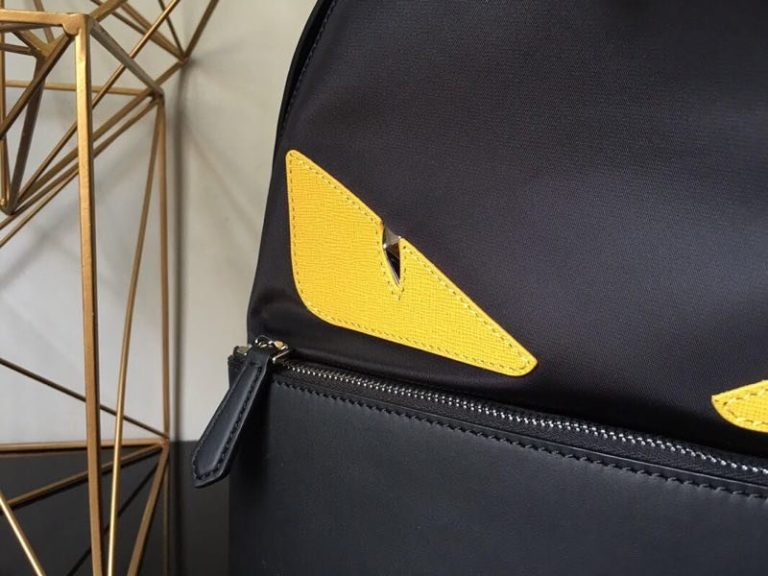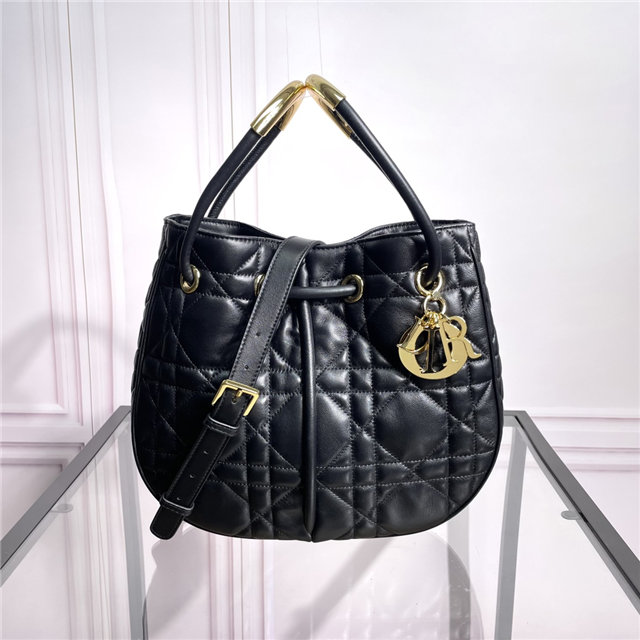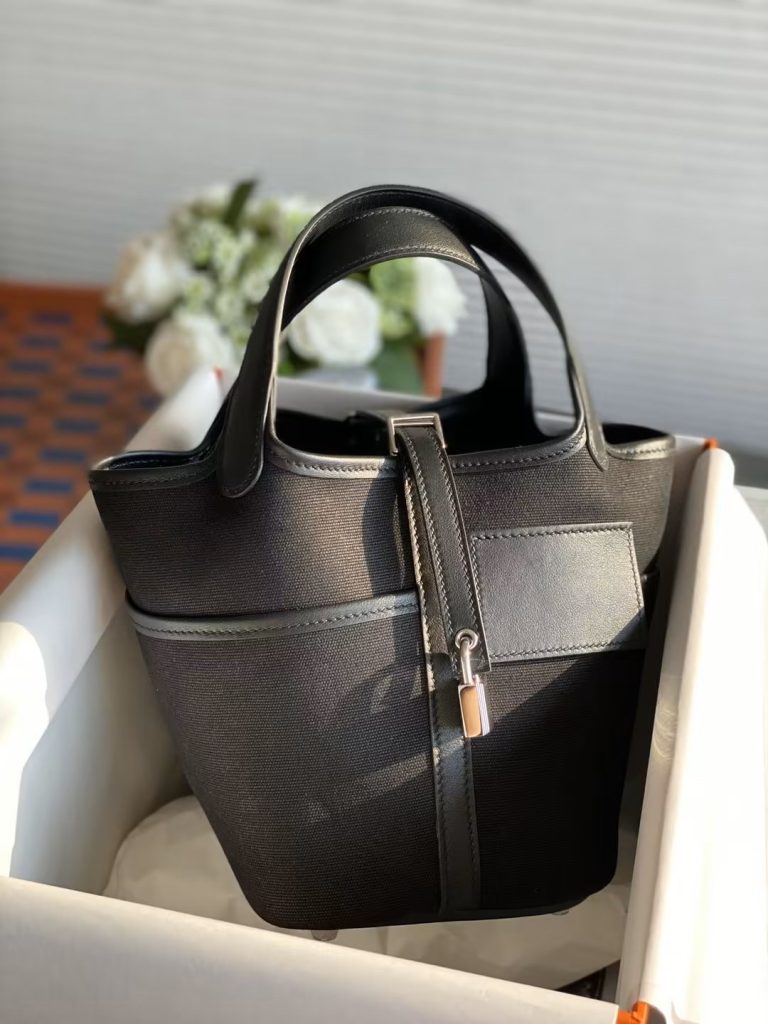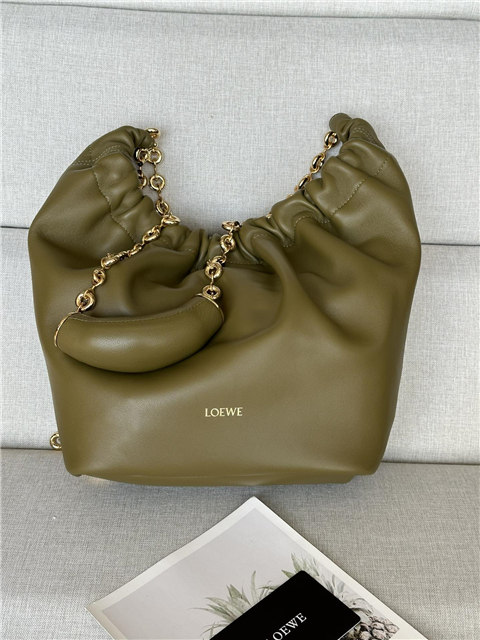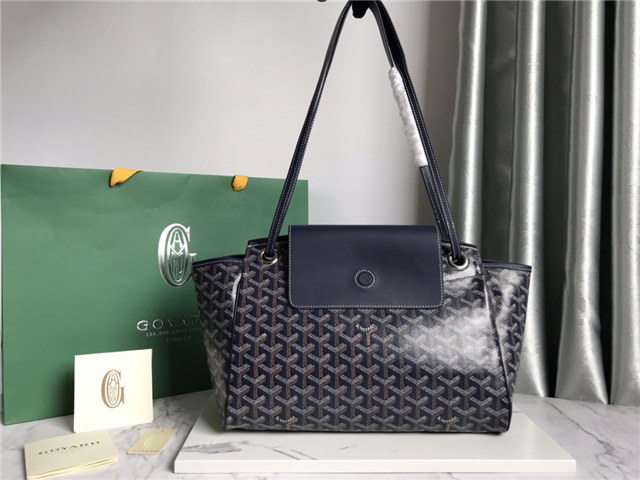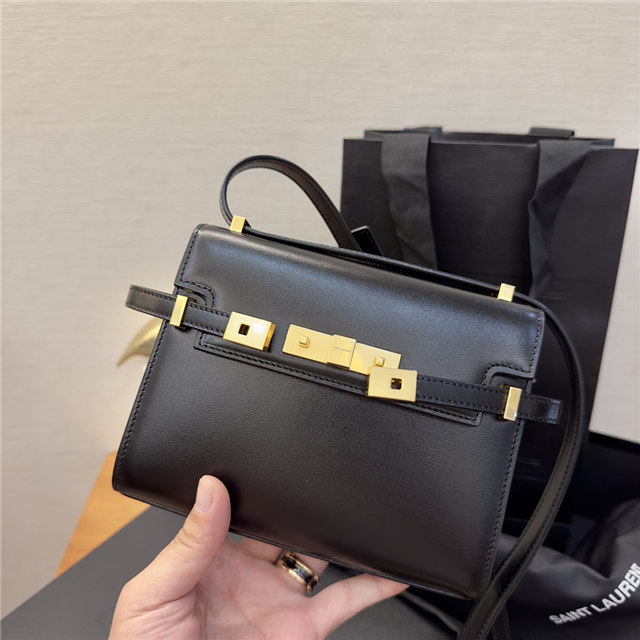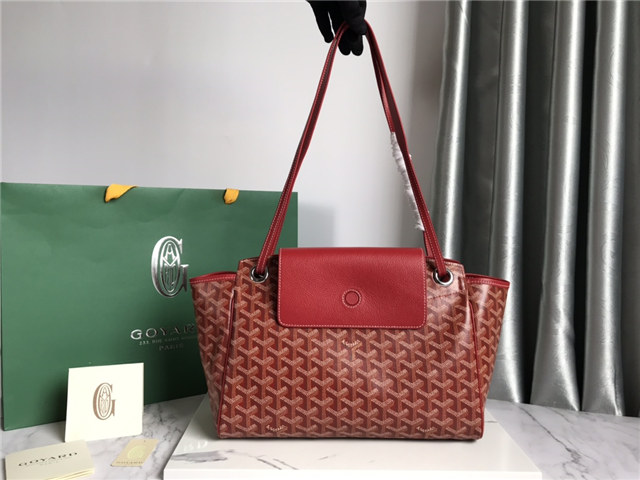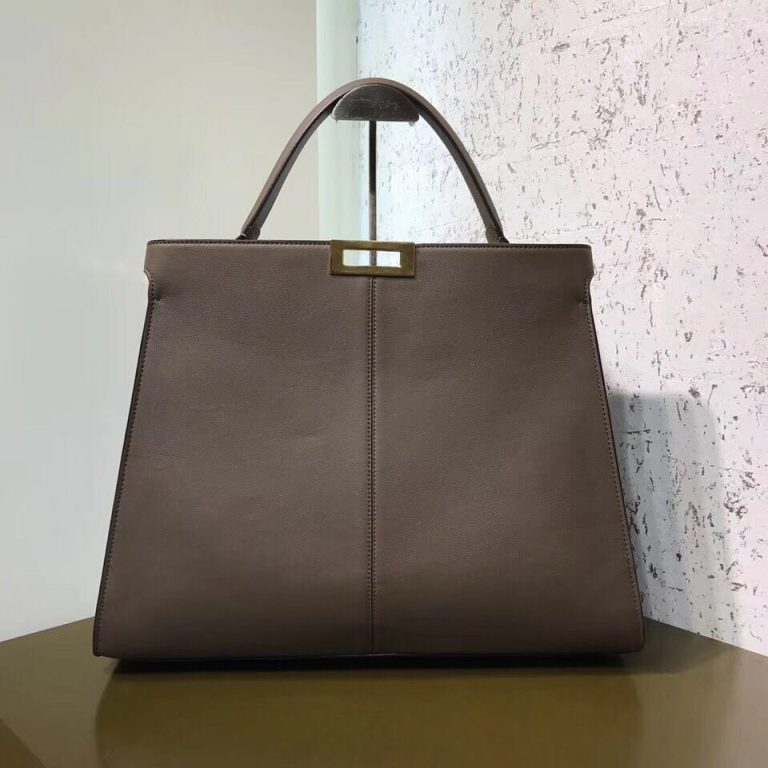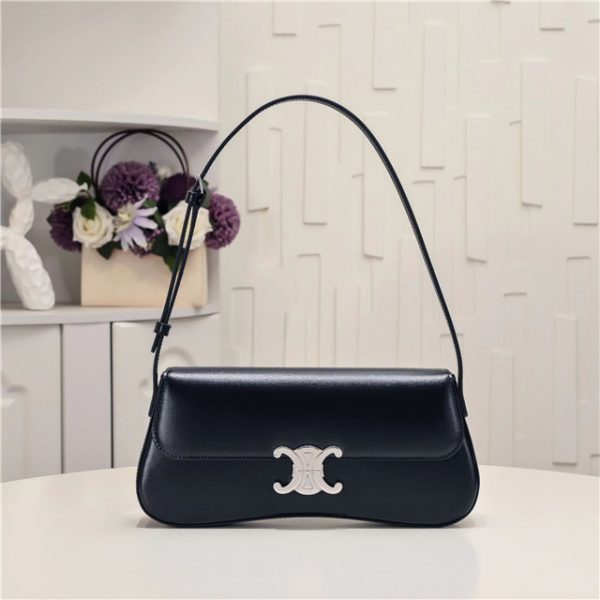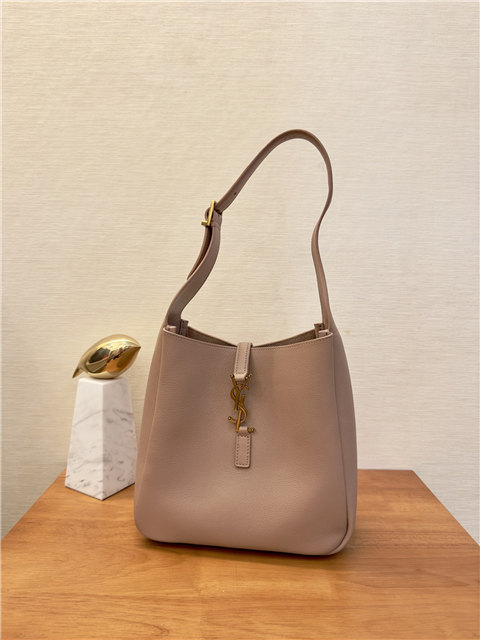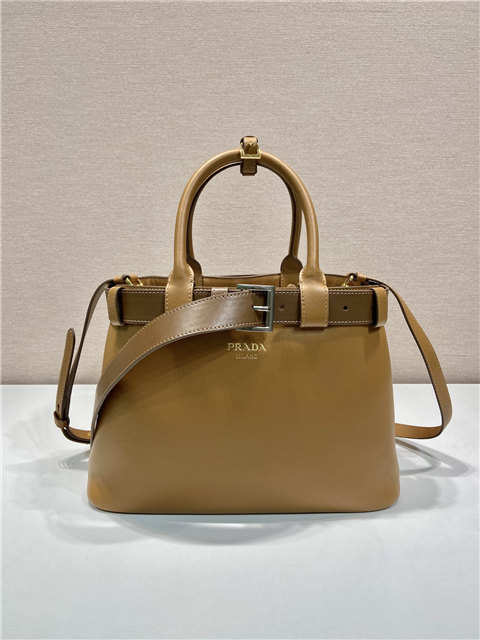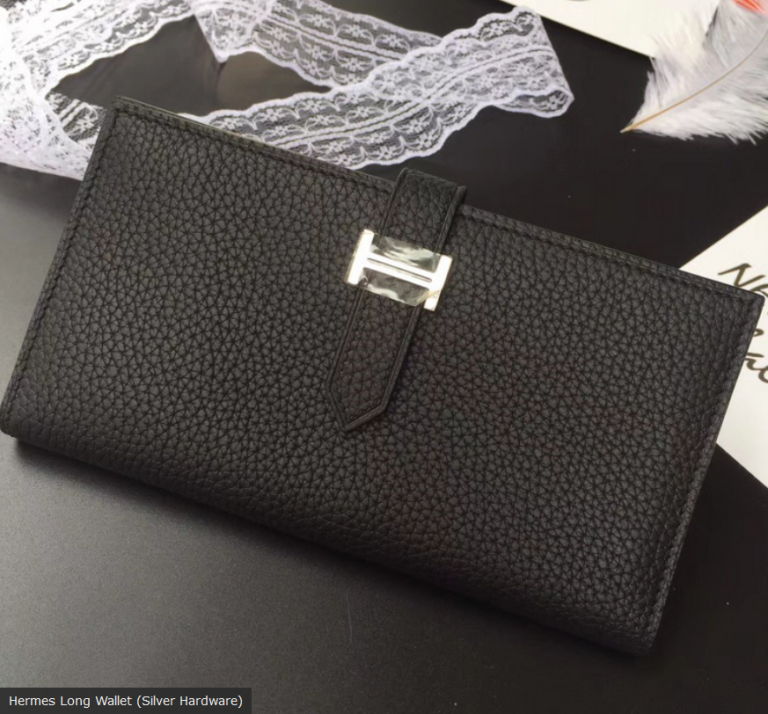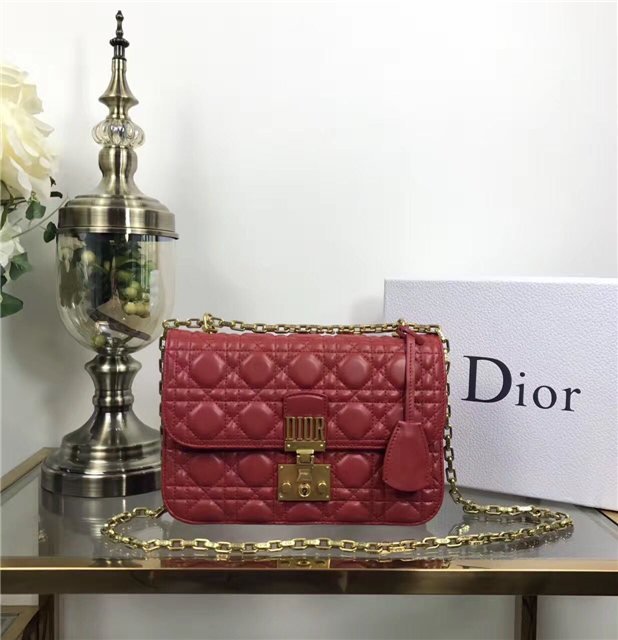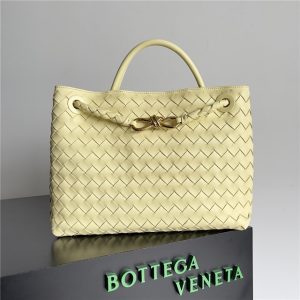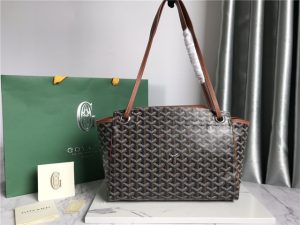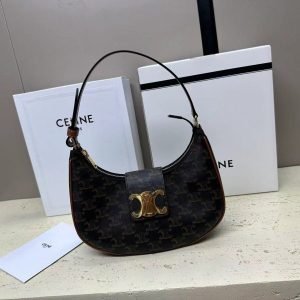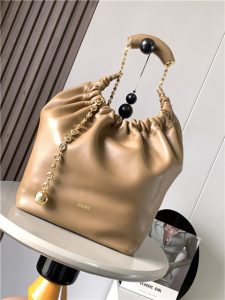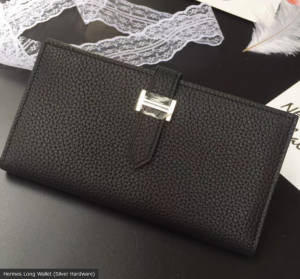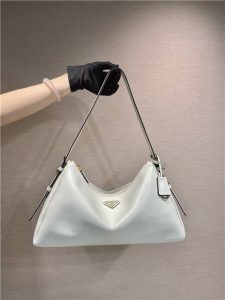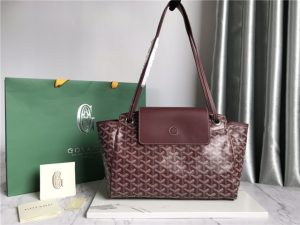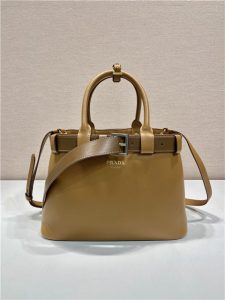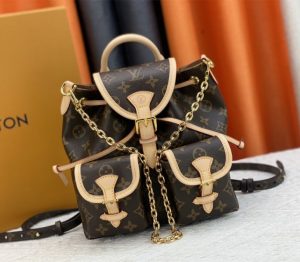Let’s be real, a genuine Cartier is a status symbol. It screams “I’ve got taste… and money!” But, um, not everyone *actually* has the money, right? That’s where the whole fake Cartier market comes into play. And honestly, some of those fakes are getting pretty darn good. Scarily good, even.
Now, you might be thinking, “Eh, who cares if it’s fake? As long as it *looks* good.” And hey, I get that. To each their own. But here’s the thing: there’s a difference. A real Cartier just *feels* different. The weight, the smoothness, the way the light catches the dial… It’s something hard to put your finger on, but it’s there.
The articles above mentioned some tell-tale signs. Like, the weight. Fakes tend to feel lighter, cheaper. And the finishing? The real deal has meticulous detail. Think perfect guilloché (that fancy rippling pattern), crisp printing on the dial, and no little imperfections. But the fakes? They might try, but they often fall short. The guilloché might look kinda smudged, the printing might be a bit blurry, and you might find a tiny scratch or something. Basically, corners are cut.
And honestly? That’s what it boils down to. Real Cartier watches are made with crazy attention to detail. Fakes… not so much. They’re trying to copy the look, but they’re skipping the quality and craftsmanship that makes Cartier, well, Cartier.
I saw one article mention Rolex being the most faked watch, and Cartier coming in second. That’s not exactly surprising, is it? They’re both luxury brands that a lot of people want, but can’t always afford. So, naturally, the fakes pop up.
Here’s my slightly cynical (but honest) take: if you’re thinking about buying a Cartier, do your homework. Really, *really* do your homework. Look at pictures of genuine models, know the specific details, and pay attention to the little things. And if the price seems too good to be true? It probably is.

